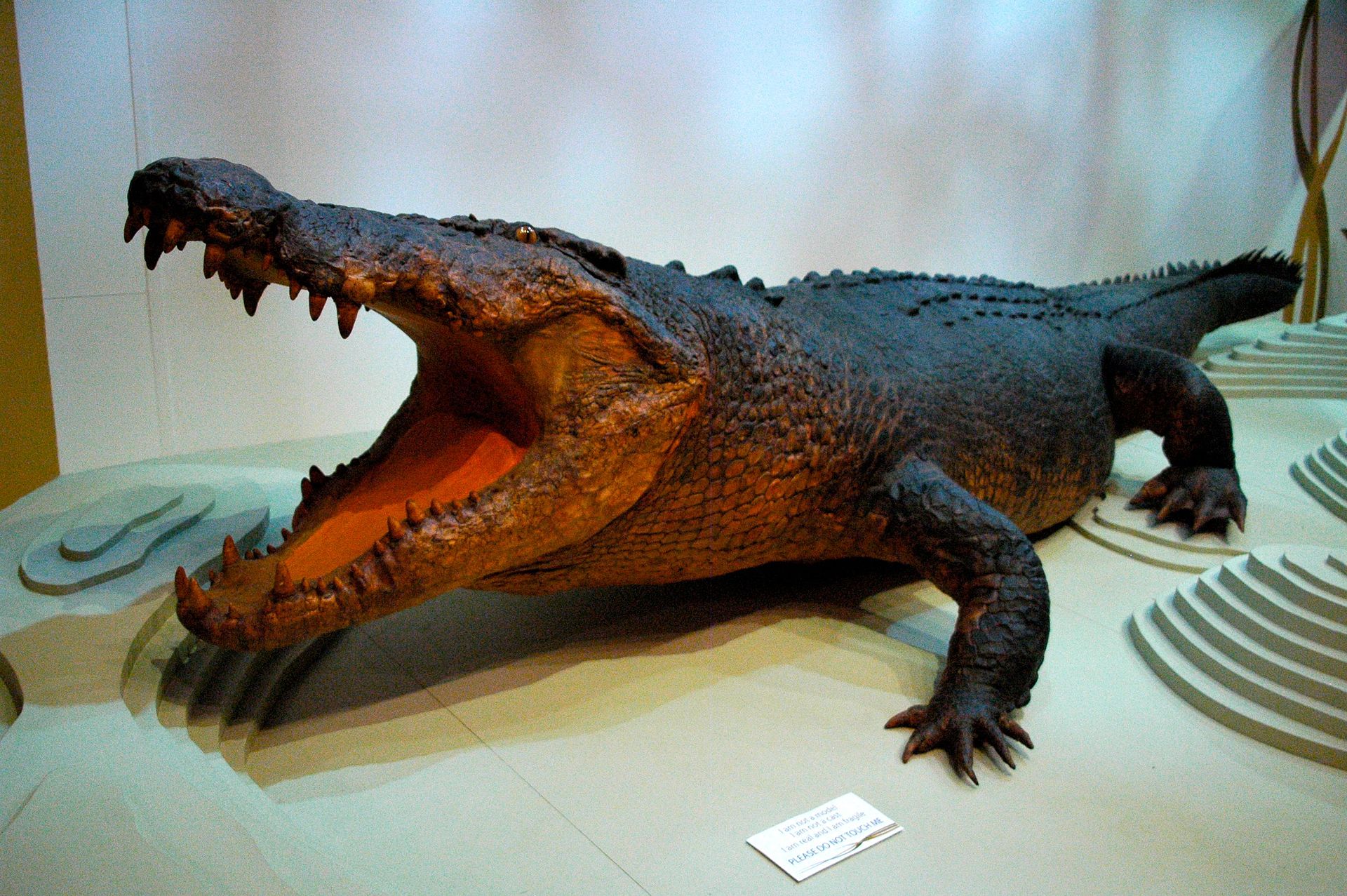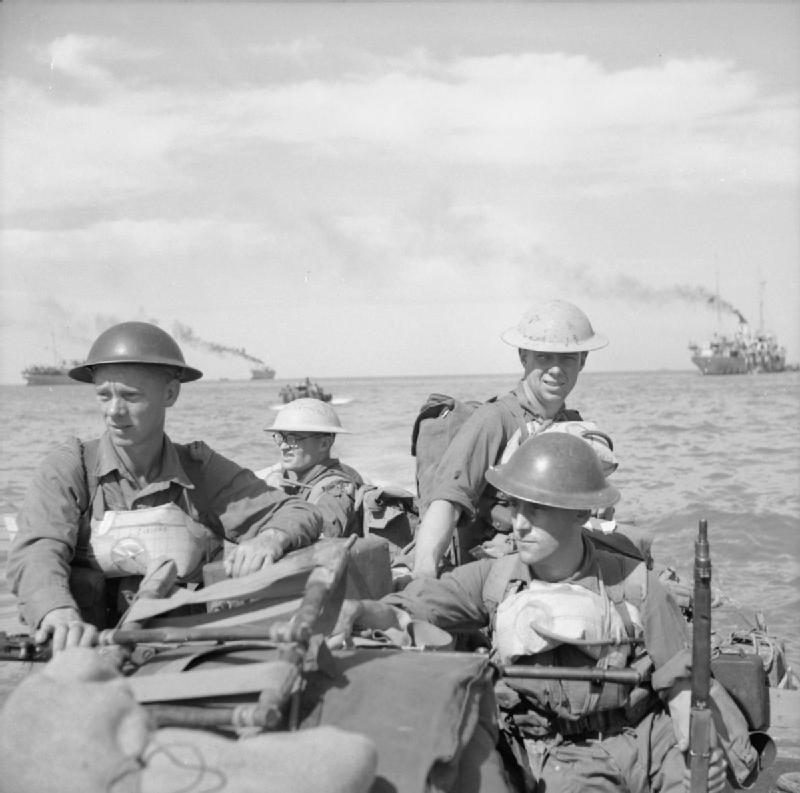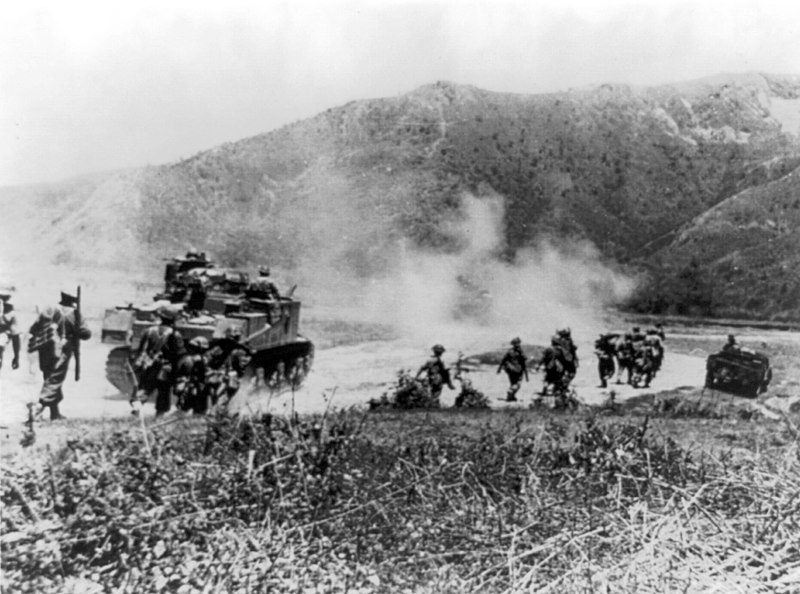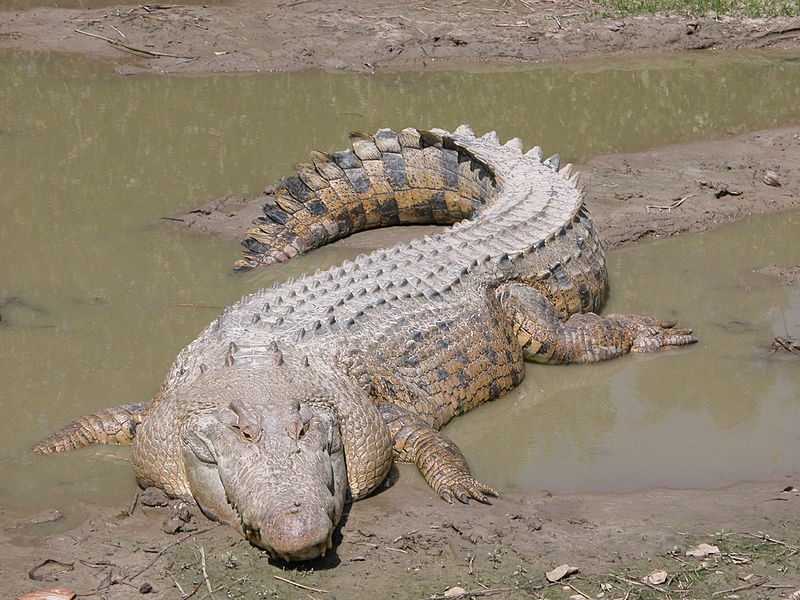How Japanese Soldiers Survived Ten Miles of Crocodile Infested Waters In WW2

If you had to slog through ten miles of crocodile infested swamps, what would you think your chances of survival would be?
That was probably the question that entered the minds of all one thousand Japanese soldiers in the Battle of Ramree Island in 1945 during the Second World War, who entered the crocodile-infested swamps in an attempt to escape the rapidly advancing British soldiers.

Ramree Island is a relatively small island located off the coast of Burma (now Myanmar). Although the Burma Campaign is one of the most overlooked episodes of the Second World War (it is often referred to as the ‘forgotten front’ of the conflict), it was also one of the bloodiest.
In late 1944, Japanese forces had launched a massive invasion of British-controlled India only to be met with a crushing defeat and unsustainable casualties, with over 50,000 Japanese soldiers falling at the Battles of Imphal and Kohima (compared to just under 3,000 British fatalities).

For the rest of the year and into 1945, the shattered Japanese forces retreated quickly across Burma with the British forces in close pursuit.
One thousand Japanese soldiers were stationed on the island of Ramree, which was strategically important to the British as they could use it to establish airbases.
The British attacked and the Japanese were driven off of the island and forced into a thick mangrove swamp, refusing the British offer of surrender
. Dozens of soldiers were killed by tropical diseases carried by mosquitoes, in addition to several more being bitten by venomous snakes lurking in the brush or under the water.

But the biggest animal threat of all was neither the mosquitoes nor the snakes, but rather the massive saltwater crocodiles, which each can weigh more than a ton and reach more than twenty feet in overall length.
Needless to say, people make easy prey to the crocodiles (which often feast on water buffaloes and other similar large game), and the Japanese soldiers were left vulnerable and exposed.
Innumerable crocodiles had gathered in the swamps under the water, attracted by the smell of blood coming from the dead and wounded Japanese soldiers.
British veterans of the battle report hearing the piercing and never ending screams of the hundreds of Japanese soldiers in the night as the crocodiles attacked mercilessly. Already severely lacking in energy and moving very slowly in the muddy water, there was little the Japanese could do to fight back.
Further complicating things for the Japanese was the fact that they lacked food and drinking water, meaning that they were all severely dehydrated and starving.
Only half of the original 1,000-man Japanese force that entered the mangroves survived the ten mile slog through the swamps.
Most that did somehow manage to survive were badly wounded by the crocodiles or suffering terribly from disease and starvation, and were later captured by the British anyway.
The Battle of Ramree Island also currently holds the Guinness World Record for the greatest slaughter of humans by animals in recorded history.
